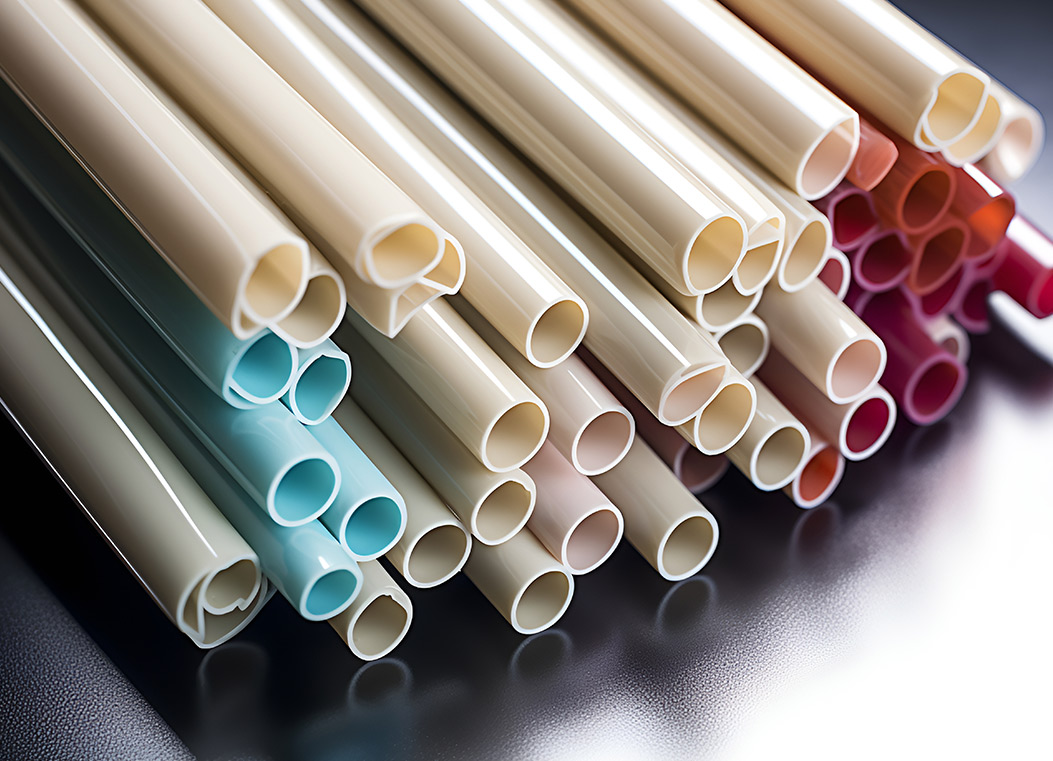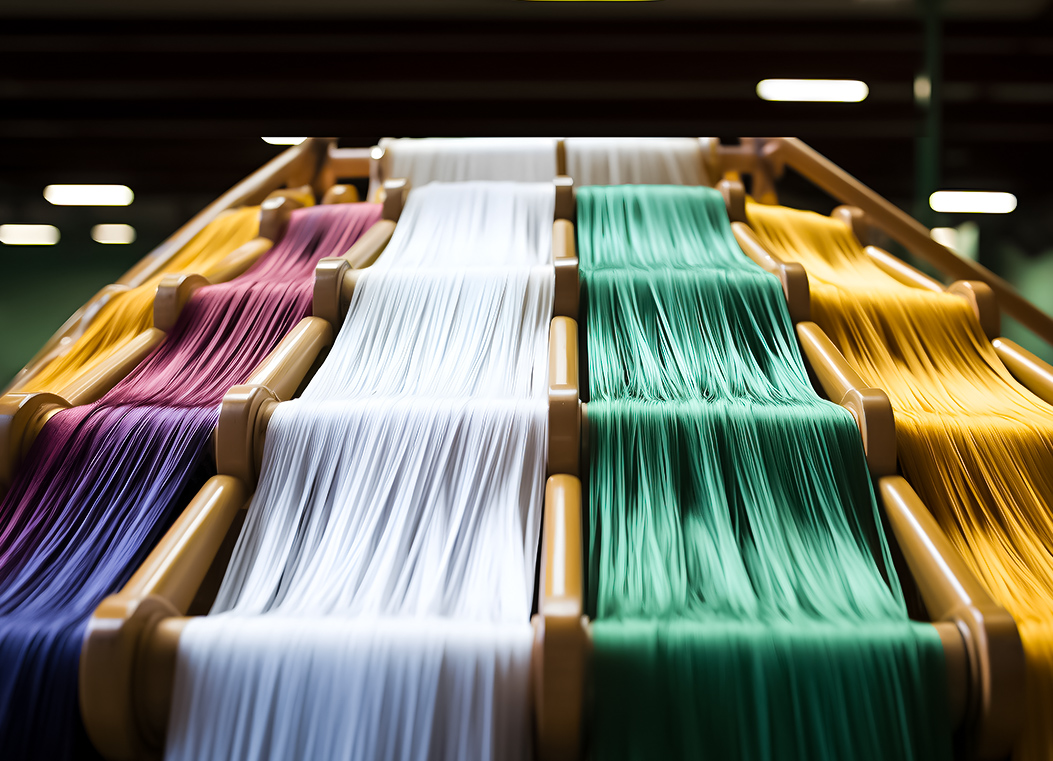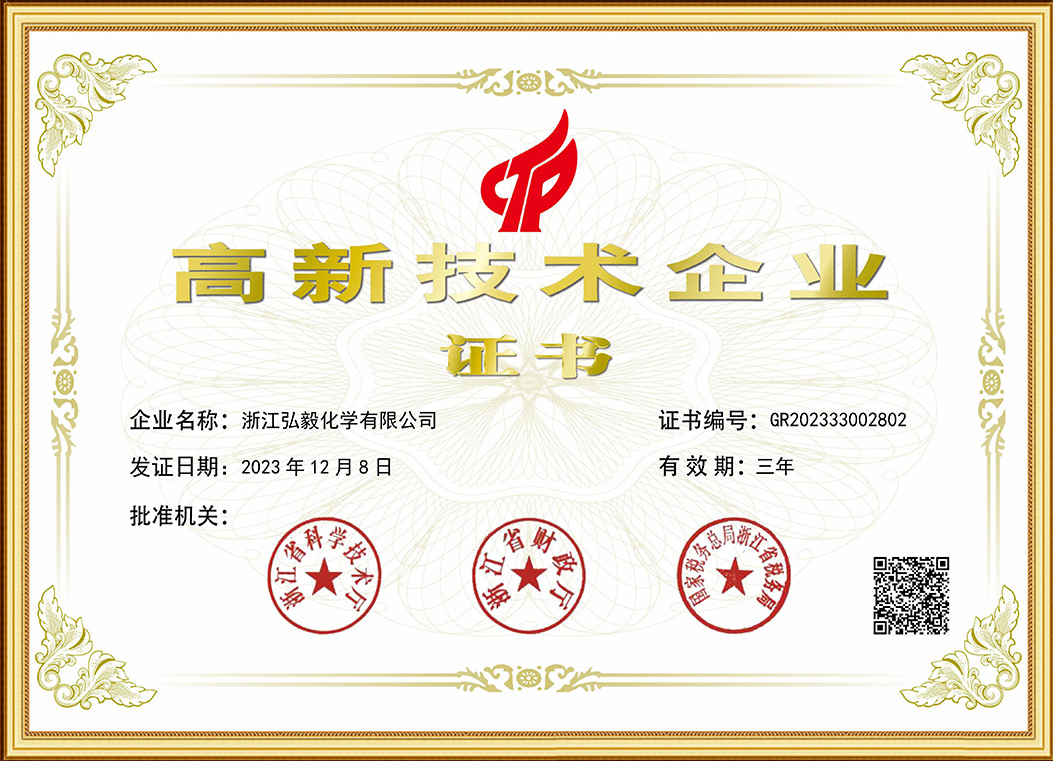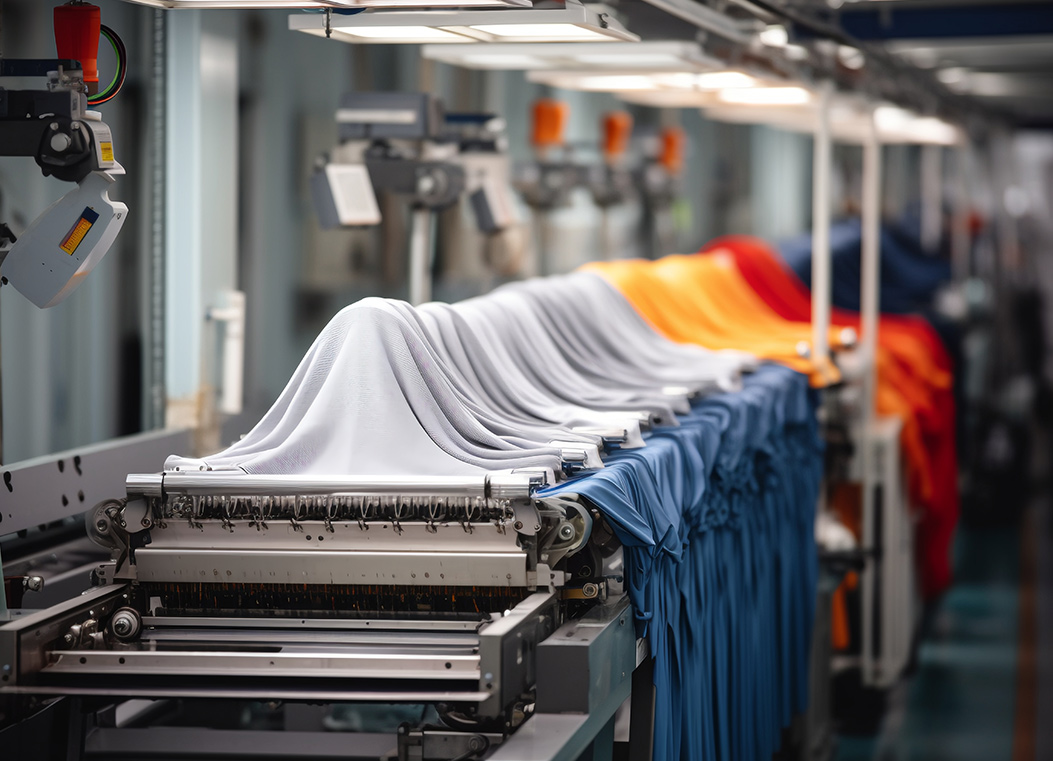The demand for brighter, more uniform building materials has continued to expand as manufacturers seek ways to improve both visual appeal and functional performance. Optical brighteners have become an essential component in this process, especially when producing ceiling panels and PVC profiles. Through targeted applications of optical brighteners, manufacturers can achieve consistent whiteness, reduce variability in color, and meet increasingly stringent quality expectations in domestic and international markets.
Enhancing Visual Clarity In Ceiling Panels
Ceiling panels often serve as a critical element in modern interiors, where clean, bright surfaces contribute to a more inviting environment. However, polymers and resins used in their production can naturally develop yellowish tones over time or during processing. Optical brighteners for ceiling panels work by absorbing ultraviolet light and emitting visible blue light, which offsets these yellow shades and creates a whiter appearance.
In production, optical brighteners must be dispersed evenly to avoid streaking or uneven coloration, which can become pronounced under overhead lighting. Many manufacturers address this by incorporating masterbatch formulations that ensure the brightener integrates thoroughly into the base resin. This approach reduces the likelihood of variability from one production lot to the next. Moreover, the brightener’s thermal stability enables it to maintain performance during high-temperature processing, such as extrusion and molding.

Supporting Consistent Color In PVC Profiles
PVC profiles, used in window frames, door trims, and decorative moldings, require a level of color stability that extends beyond initial manufacturing. Exposure to sunlight, heat, and environmental factors can gradually dull the surface, making optical brighteners a strategic addition to maintain visual freshness.
For PVC profiles, the optical brightener must not only resist photodegradation but also remain compatible with additives such as impact modifiers, heat stabilizers, and processing aids. Selecting an optical brightener specifically designed for PVC applications can help maintain surface brightness over time without compromising mechanical performance.
Precise dosing is equally important. Even slight overuse can result in bluish tints, while insufficient levels may not achieve the desired whitening effect. Producers often rely on spectrophotometric measurement to confirm color consistency and adjust concentrations as needed.
Meeting Diverse Production Requirements
Different manufacturing methods present unique challenges in achieving uniform whiteness. For example, ceiling panels produced through foaming processes may require an optical brightener that disperses efficiently within a less dense polymer matrix. In contrast, rigid PVC profiles depend on brighteners that withstand continuous extrusion and shaping.
To address these requirements, suppliers have developed a range of brighteners with specific melting points, migration resistance, and particle sizes. These variations allow manufacturers to choose formulations that match their equipment and production cycles without introducing unexpected variables.
Some companies also adopt pre-blended masterbatch solutions that combine the optical brightener with carrier resins. This can help reduce handling errors, speed up preparation, and improve distribution of the brightener in the final product.
Regulatory considerations and market expectations
Regulatory standards increasingly influence the use of additives in building materials. Directives such as EU REACH and other regional guidelines restrict the presence of potentially hazardous substances. Optical brighteners must be formulated to comply with these regulations while still achieving expected performance.
For manufacturers exporting ceiling panels or PVC profiles to regions as diverse as Southeast Asia and Africa, a track record of compliance is a key part of quality assurance. Buyers often want to know the source, composition, and certification information of additives used in finished products.
Sustainability and efficiency goals
In addition to performance and compliance, many manufacturers are improving the use of optical brighteners to support sustainability initiatives. Lower usage levels, optimized formulations, and better dispersion all help reduce material consumption.
Some brighteners now offer bio-based or recycled material options. While these alternatives may require additional testing to confirm compatibility, they can help companies achieve environmental goals and stand out in a competitive market.
In addition, by maintaining higher brightness and visual uniformity, optical brighteners can extend the life of finished products, reducing the frequency of replacement or renovation.
Technical Support and Application Expertise
Manufacturers considering adopting or optimizing optical brighteners will benefit from close collaboration with a technical team that can provide tailored recommendations based on their production conditions. Practical support typically includes small-scale trials, laboratory analysis, and guidance on dosage adjustments to effectively achieve the desired results.
Technical collaboration also plays an important role in developing customized solutions to address specific challenges, such as difficult-to-process resins or highly variable raw material quality.
Optical brighteners, through a combination of thoughtful material selection, precise dosage, and tight process control, are more conducive to achieving the consistent whiteness required for modern ceiling panels and PVC profiles. As building standards continue to evolve and market expectations increase, innovations in brightener formulations and application methods continue to provide manufacturers with new opportunities to confidently meet aesthetic, regulatory, and sustainability goals.

 EN
EN 中文
中文 ES
ES




.jpg)













